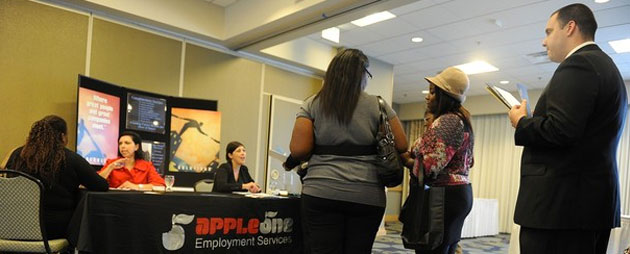1. It is essential for the toxic and abusive leader to bypass dialogue and Q&A;
2. The toxic leader must attack, deflate or discard employees who are identified as lacking in any way or who dare to challenge declarations and decrees from the top;
3. Employees who are ranked beneath a toxic leader are identified as operating at a distinct disadvantage and they should be treated accordingly;
4. Bullying developed in childhood is transferable into adulthood and the professional life of the toxic leader; bullying must be cultivated and nurtured via vigorous continuous improvement;
5. Thou shalt yell at and demean employees who fall short, error or are deemed annoying;
6. Thou shalt stifle any workplace conversation that is directed toward questioning toxic leader authority or decision making;
7. Toxic leaders are placed on notice that privately and discreetly conducted verbal attacks against subordinates lack sufficient force, vigor and shame and must be brought out into public forums for all to witness;
8. It is mandatory that yelling at subpar subordinates be conducted by toxic leaders in public in an effort to promote fear, humiliation and sufficient loss of face;
9. Public humiliation of employees is not just a right of toxic leadership, it is a duty and is central to annual performance appraisals and continuous improvement of an embarrassing and inadequate workforce;
10. Solving workplace screw-ups requires on-the-spot, quick & between-the-eyes abrasive questioning and abrupt, consolidated decision making on the part of toxic leadership; toxic leaders will always be extremely diligent about not admitting any voluntary input from subordinates re: screw-ups;
11. A toxic leader demands immediate, piercing, cut-through-the-bull-answers to pointed questions aggressively directed toward subordinates in public arenas;
12. When criticizing employees, this must be carried forth harshly, publicly and without any opportunity for substantive response, whatsoever;
13. Leader criticism of underlings is a monologue not a dialogue; an exchange of ideas or the notion of a constructive conversation is outside the boundaries of toxic leaders who must reprimand, demean and lead employees around like dogs on a leash;
14. Civilized and substantive feedback is the mortal enemy of the top down toxic leader;
15. Progressive, liberal notions of empowerment and democracy are left wing fictions to be repressed, discouraged, trivialized and eliminated in an extremely timely fashion;
16. Employees deemed insufficient, inadequate or failing are not to be empowered within a toxic organizational system or provided any tangible means for self-improvement and enhancement;
17. The word of the toxic boss is complete and final and may not be brought under review to any other person, department, judge or entity within an organization or outside the company;
18. In support of a toxic leader an organization bestows as close to absolute 360 degree power as possible with all dissention heavily penalized;
19. In response to toxic leaders there are to be zero tangible or practical employee outlets for challenges to authority;
20. A repertoire of smiles, facial expressions and a variety of nonverbal veneers are essential to the toxic leader who may have to conceal pending judgments and admonishments from subordinates;
21. Facial and eye expressions conveying innocence, cluelessness and bewilderment are essential to the toxic leader’s veneer and the concealment of anger, venom, and pending outrage and bullying;
22. Aspiring toxic leaders do well to choose role models and prototypes to analyze and emulate during the course of their training in destructive and demeaning behavior; toxic leader mentoring is vigorously encouraged; accordingly, masterful toxic leaders are expected to volunteer as mentors;
23. Toxic leaders build from the ground up and demand 101% allegiance from all relevant departments, individuals and entities within the organization – in an effort to achieve complete, utter unanimity and the elimination of dissention, debates or diversity of views in response to toxic proclamations and rulings;
24. Toxic leaders master and regularly engage in “double talk” and sophisticated gobbledygook or verbal gymnastics in order to persuade themselves, subordinates and media that they are glorious, uplifting and chosen leaders who are certainly not destructive, villainous or toxic; and
25. Toxic leaders will take note of the psychological, emotional and adrenaline highs experienced when in an agitated state and in the process of abusing unworthy subordinates; efforts must be made to neurologically dissect, simulate and communicate-via-mentoring this “rush” and supernatural feeling of exhilaration when bullying targeted underlings.
Published on July 18, 2011 by Dr. Alan Goldman in Transforming Toxic Leaders










